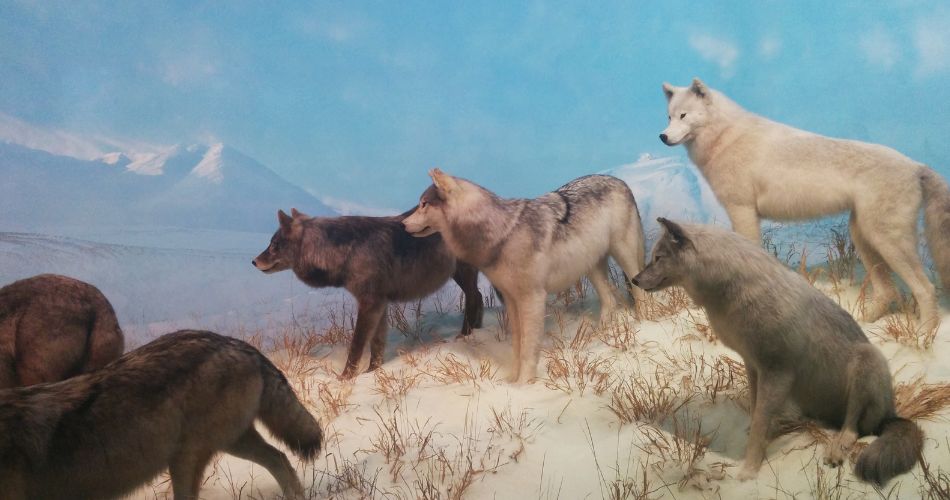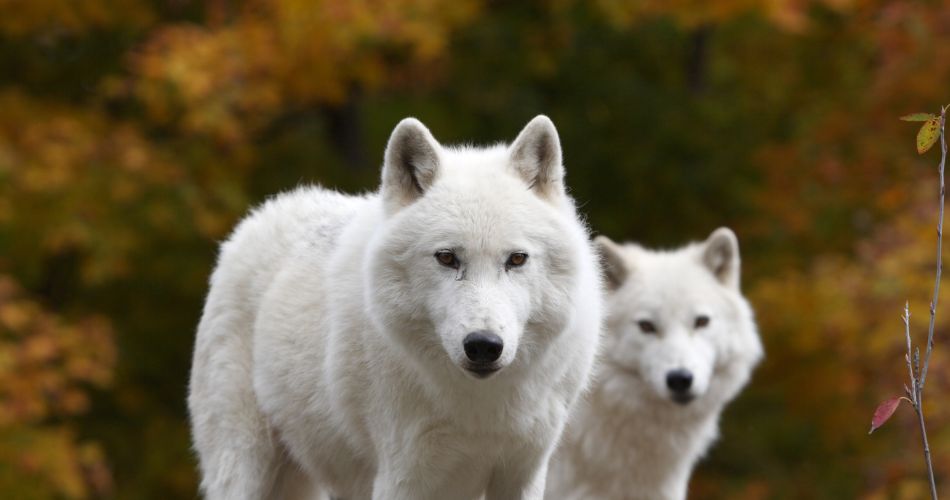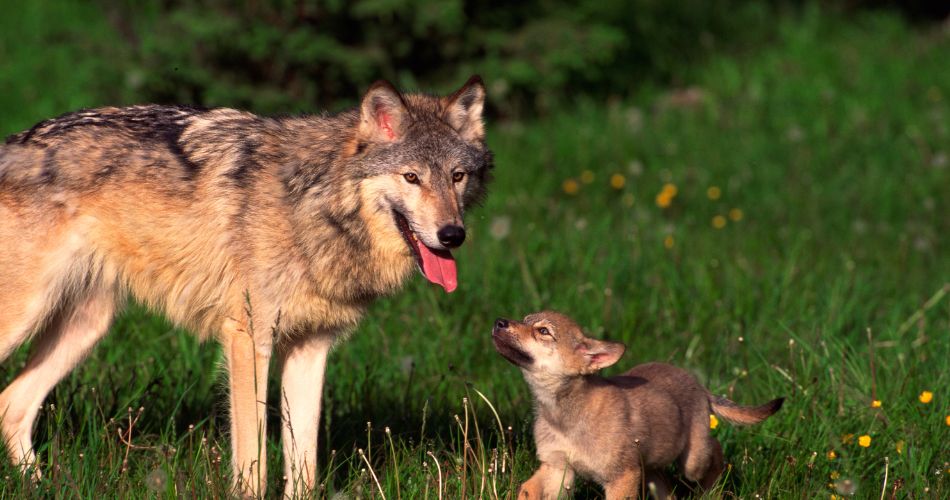International Wolf Day is celebrated every year on August 13, a global nudge to learn about wolves, debunk myths, and support coexistence with these remarkable carnivores. 1
History of International Wolf Day
Like many grassroots wildlife observances, International Wolf Day grew organically as zoos, conservation groups, educators, and nature bloggers rallied around a single date to spotlight wolves’ ecological value and the realities of living alongside them. Over time, August 13 became the widely shared anchor date for awareness posts, local events, and educational programming.
As the day spread, the emphasis settled on science-led storytelling—how wolves shape ecosystems, why conflicts arise, and what tools help people and predators coexist. Today you’ll see everything from family activities to field talks and online campaigns, all aimed at replacing folklore with facts and empathy.
Why is International Wolf Day important?
This day invites us to trade fairy-tale villains for real animals with real jobs in nature. Wolves keep prey populations moving and healthier, which ripples through landscapes in ways you can actually see—from vegetation recovery to the comeback of other species that depend on it. It’s one of those quiet “ohhh, that’s how it fits together” moments.
It’s also a human story. Coexistence isn’t automatic; it’s built with fences that work, husbandry that helps, and conversations grounded in data rather than fear. International Wolf Day nudges us toward that middle ground where livelihoods and wildlife can both do better.
- it turns myths into teachable moments.
- it highlights practical ways to prevent conflicts.
- it reminds us ecosystems need predators to stay in balance.
- it celebrates successful recoveries while pushing for smarter policy.
- it connects kids to science through an animal they recognize.
How to celebrate International Wolf Day
Keep it simple and hands-on. Visit a local nature center or park program, watch a reputable wolf cam, or read with kids about how packs really work. If you live near ranching country, look up how communities use guard animals, fladry, or electric fencing—small insights go a long way when talking to neighbors or classmates.
At home, make it a mini-project: map where wolves live, compare subspecies, or plan a future trip to a national park where wolf watching is possible. Online, amplify a conservation group you trust and share one solid, sourced fact instead of a hot take.
- watch a live wolf cam and jot down pack behaviors you notice.
- share one myth-busting fact with a source attached.
- check a park or zoo calendar for wolf talks or keeper chats.
- “adopt” a wolf through a respected conservation group.
- explore non-lethal tools ranchers use to protect stock.
Interesting facts about Wolves

- Wolves can drive “trophic cascades,” where predator presence changes prey behavior and helps vegetation and other wildlife rebound—famously illustrated by Yellowstone.
- Each wolf’s howl is distinct, and howling helps maintain pack unity and signal territory—no, it’s not “to the moon.”
- There are two widely recognized wolf species—gray wolf (Canis lupus) and red wolf (Canis rufus)—and ongoing debate about the status of subspecies and closely related canids.
- Estimates of global gray wolf numbers vary widely—from about 150,000 to roughly 250,000—depending on source and method.
- A wolf’s howl is individually distinctive and helps reunite scattered pack members and signal territory; it’s not “howling at the moon.”
- Typical packs are family groups led by the breeding pair, often described as the “alpha” male and female.
- Pack size can range from about 8 to 30 or more, expanding when prey is abundant.
- Wolves can travel up to ~200 km (124 miles) in a day and sprint at 55–70 kph (34–43.5 mph).

- They occupy the widest natural range of any terrestrial mammal except humans, across much of North America, Europe, and Asia. 2
- Habitat versatility is huge: wolves occur in nearly all habitats except tropical forests and arid deserts.
- Diet skews to large ungulates (deer, elk, moose, caribou, etc.), but wolves also take beaver and other smaller prey; most hunts actually fail.
- Gestation lasts ~62–63 days; pups nurse for about 45 days, and social rank can delay breeding even after sexual maturity.

- Dens are often reused and may include long tunnels (2–4 m) leading to a chamber with multiple entrances.
- By curbing overabundant or sick prey, wolves can trigger “trophic cascades” that help vegetation and other species rebound—famously observed after Yellowstone reintroduction.
- In 1995, 41 wolves were released into Yellowstone; by 2021, about 95 wolves in 8 packs lived inside the park, with roughly 500 in the Greater Yellowstone Ecosystem.
- Non-lethal coexistence tools—like electric fencing, livestock-guarding dogs, and well-timed husbandry—help reduce depredation.
- Wolves often remove diseased animals (e.g., bovine TB cases), earning the nickname “wilderness doctors” in some research summaries.
- European wolf numbers have rebounded in many regions due to legal protection, prey recovery, and more forest cover—though conflicts with livestock still occur.
- Ethiopian wolves are slim, high-altitude specialists (~25 lb), while northern gray wolves can exceed 100 lb—showing dramatic intraspecific variation.
- Despite folklore, documented wolf–human attacks are rare.
International Wolf Day Dates Table
| Year | Date | Day |
|---|---|---|
| 2025 | August 13 | Wednesday |
| 2026 | August 13 | Thursday |
| 2027 | August 13 | Friday |
| 2028 | August 13 | Sunday |
| 2029 | August 13 | Monday |
- https://wolf.org/headlines/international-wolf-day-2024-almost-the-entire-population-of-indian-wolves-exists-outside-of-protected-areas-says-lauren-hennelly/[↩]
- https://seaworld.org/animals/facts/mammals/gray-wolf/[↩]
Subscribe to our newsletter and never miss a holiday again!

